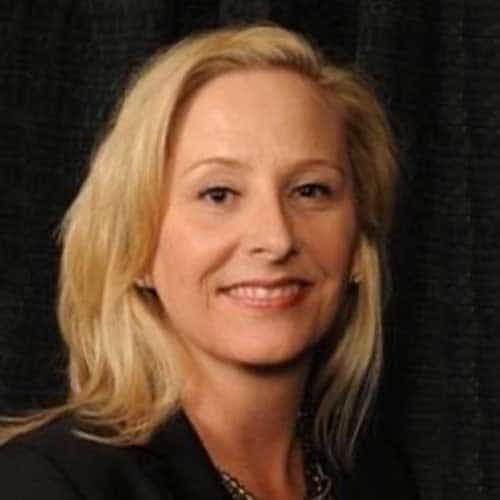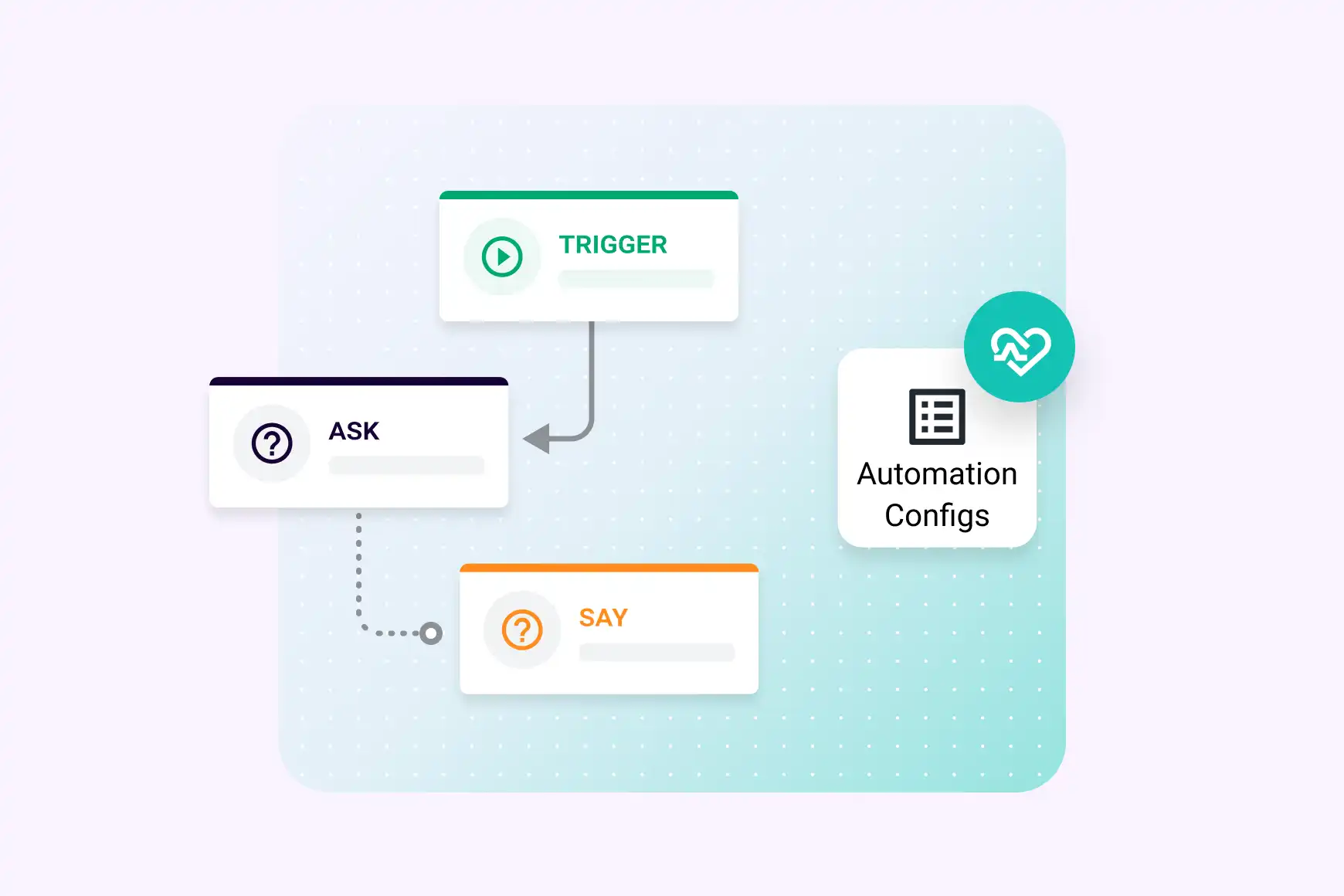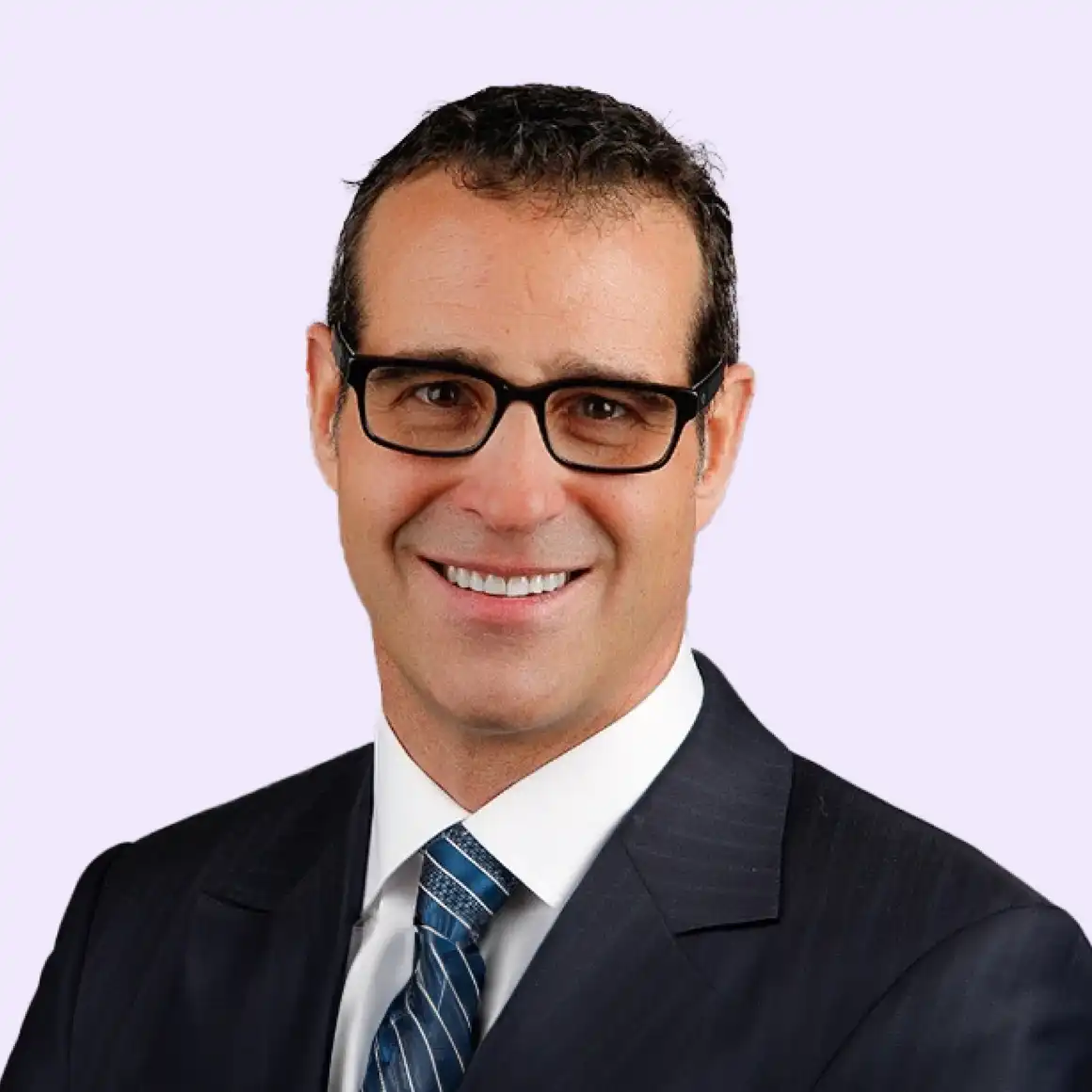Customer Experience Automation (CXA) for healthcare: Standardize, centralize, automate

By Patty Hayward
0 min read

AI is driving the conversation around healthcare customer experience. It promises faster service, fewer routine calls, and more time for staff to focus on care. However, anyone who’s worked in healthcare knows there’s more to it than plugging in new technology. The real potential lies in how we organize, connect, and empower people and processes.
That’s what we explored in our recent Becker’s Healthcare webinar with Josh Newman, vice president of clinical systems at Johns Hopkins, and Jeremy Schrock, CEO of Hummingbird Healthcare: AI isn’t the magic fix. It can drive real improvement, but only when built on strong foundations.
The key to modernizing healthcare CX is more disciplined and foundational: standardize, centralize, then automate. That sequence matters. Without it, customer experience automation for healthcare becomes chaos at scale. With it, health systems unlock measurable ROI for healthcare contact center automation, happier staff, and more patients successfully accessing the care they need.

On-demand webinar
AI for healthcare CX: Strategies and playbooks for real transformation
The state of healthcare CX.
Healthcare is unlike any other industry. In utilities or retail, a frustrating experience might waste time or money. In healthcare, a poor experience can delay care, heighten anxiety, or even create life-threatening situations.
Josh reminded us that Johns Hopkins had about 500 phone lines, each with a slightly different experience. Imagine being a patient or caregiver trying to navigate that.
The current state of healthcare CX shows why change is so important:
-
Patients often wait too long to connect, making reducing average speed of answer in healthcare a pressing priority.
-
Many calls don’t resolve on the first attempt, making improving first-call resolution in healthcare a clear priority.
-
Staffing shortages, clinician burnout, and razor-thin margins increase the challenge.
-
Despite two decades of online scheduling tools, patients still pick up the phone 96% of the time.
Standardize: Reduce variation.
Standardization is the first step to transformation. Documenting and rationalizing everything from call flows and scheduling templates to clinic hours and directions lays the groundwork for improvements across the patient journey.
I sometimes compare this process to cleaning out the attic or basement of a house. Many organizations find that their call flows aren’t fully documented, and a significant amount of legacy complexity has accumulated. They end up managing 6,000 different workflows, when what they truly need is closer to 30 clear, well-documented, and consistent ones. That’s the kind of clarity that allows humans and machines to succeed.
One of the key cautions with AI is that it can sound convincing without always being trustworthy. Standardized processes are essential for ensuring responsible AI aligned with clinical expectations. This foundation makes it possible to deploy AI that is safe and transparent. This is also where standardizing call flows in healthcare systems directly ties into how to modernize patient access with AI. Until workflows are consistent and well-documented, AI can’t deliver reliable results.
Centralize: Build a reliable front door.
Once variation is reduced, the next step is centralization. Patients want an agent-supported experience that works, where someone capable will reliably pick up and help. Too often, that experience routes to voicemail because clinic staff juggle multiple responsibilities, leaving patients in vulnerable situations without the support they need.
A centralized patient access center enables health systems to ensure that calls, whether for scheduling, refills, referrals, or nurse triage, reach the right person instead of disappearing into fragmented workflows. Centralization delivers a consistent first impression and improves patient confidence. Health systems that standardize and harmonize workflows first put themselves in the best position to adopt new technology. Centralization creates one strong, reliable front door before leaders add automation.
Automate: Apply AI thoughtfully.
Now, and only now, does automation add transformative value. Once processes are standardized and access is centralized, automation can deliver on its promise of scale and efficiency.
This is where conversational, agentic AI for appointment scheduling, intelligent routing, reminders, and confirmation systems becomes powerful. These are high-volume, lower-risk workflows where automation creates meaningful impact without compromising safety.
A clear ROI model for healthcare contact center automation is essential. Metrics such as call deflection, reduced average handle time, and improved show rates prove initial contact center value and guide decisions about scaling.
Both Josh and Jeremy noted that the best workflows to target first are (perhaps counterintuitively) the ones that the organization already executes well without AI and understands fully. The team knows what success looks like and has a baseline to assess performance. If AI can add value in the workflows that are already running efficiently, it will be a clear, measurable, and meaningful win that sets up further use cases.
Guardrails are just as important, and establishing strong safeguards for AI in healthcare CX is critical. Human-in-the-loop oversight ensures safety, accuracy, and trust. Automation doesn’t replace staff, it empowers them to serve as true care guides, focusing on the human interactions that matter most.
Champions, culture, and continuous improvement.
Of course, none of this is just about technology. Technology alone is rarely the hardest part, operational change and standardization require far more effort and persistence. That’s why involving physician and operator champions early is so critical. Without their support, progress slows down. With their engagement, it thrives. The current excitement around AI offers leaders an opportunity to build on the momentum and address structural issues that should have been addressed long ago. Standardization and centralization gain traction more easily when teams feel they are part of something innovative.
Healthcare CX transformation requires continuous improvement. This isn’t a set it and forget it project. Steady progress—the “game of inches”, as Jeremy called it—where small, targeted wins add up to lasting change, makes the difference.
Customer Experience Automation for healthcare: From better CX to growth.
Improving CX delivers not only smoother calls and happier patients, but measurable growth. Organic growth is one of the most powerful strategies available to healthcare organizations, and better access is where the opportunity lies.
Some health systems are already seeing measurable results from automation, with a portion of calls fully handled by AI. At Evara Health, for example, over half of the health system’s appointment calls are now managed end-to-end without human intervention. The impact is clear: thousands fewer manual calls, less burnout for staff, and a more seamless journey for patients.
This is where customer experience automation for healthcare connects directly to business strategy. By modernizing patient access, organizations reduce no-shows, increase completed visits, and unlock clinical capacity that would otherwise go unused. Patients receive care more quickly, and health systems strengthen their financial position.
Discover how Talkdesk Experience Cloud for Healthcare turns Customer Experience Automation into a real transformation for patients and providers alike.







